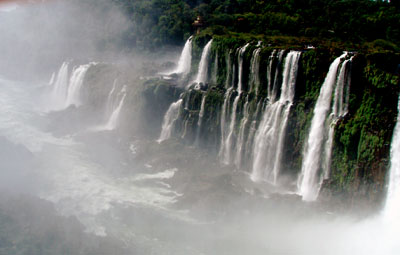All Nonfiction
- Bullying
- Books
- Academic
- Author Interviews
- Celebrity interviews
- College Articles
- College Essays
- Educator of the Year
- Heroes
- Interviews
- Memoir
- Personal Experience
- Sports
- Travel & Culture
All Opinions
- Bullying
- Current Events / Politics
- Discrimination
- Drugs / Alcohol / Smoking
- Entertainment / Celebrities
- Environment
- Love / Relationships
- Movies / Music / TV
- Pop Culture / Trends
- School / College
- Social Issues / Civics
- Spirituality / Religion
- Sports / Hobbies
All Hot Topics
- Bullying
- Community Service
- Environment
- Health
- Letters to the Editor
- Pride & Prejudice
- What Matters
- Back
Summer Guide
- Program Links
- Program Reviews
- Back
College Guide
- College Links
- College Reviews
- College Essays
- College Articles
- Back
The White Diamond: An Insight Into Human Nature
German director Werner Herzog, widely known for his “Grizzly Man,” presents his own personal stylistic twists in this entertaining documentary, “The White Diamond.”
The film follows Graham Dorrington, a British engineer, whose dream is to fly his helium-filled zeppelin above the Guyana rainforest. Herzog also draws elements from the lives of Dorrington’s Rastafarian assistants, tangentially filming the testing of the aircraft.
Herzog brings a unique sense of character to his films. Not only do viewers get to follow the journey of the tedious trial-and-error process of operating a successful aircraft, but they also get an insight into the characters’ lives: their values, regrets, and secrets. The path of the film often digresses from the main storyline to hear from the natives of Guyana, each having their own monologue to reflect and open up to the audience. Herzog also employs a tactic of silence after a character answers a question, similar to what your therapist might do after a shorthanded answer, to encourage characters to continue their narrative. While providing some unintended comedic relief, Herzog’s small insights into characters also make for a beautiful perspective on human nature, embracing the natural awkwardness and quirks of everyday life. For example, viewers learn about Mark Anthony, a Rastafarian whose family migrated to Europe, and his rooster, Red. Mark Anthony’s impact--apart from potentially having a string of Italian restaurants named after him--is in a way equal to or greater than that of Dorrington’s on the humanness and beauty of the film.
Additionally, Herzog likes to bring an element of mystery into his work. The viewers are left guessing, intrigued, and curious about what awaits them outside the comfort of their homes. What is behind Kaieteur Falls? Is it a kingdom of swifts? Are there 20-foot snakes guarding treasures of gold? Does Mark Anthony’s mother reconnect with her long lost son? Will Graham ever overcome the guilt he carries from a dark secret? The unknown is refreshing. All day we are catapulted with information; we have access to all knowledge at our fingertips. There is beauty in what we don’t know...and it makes for a great story. Herzog’s distinctive use of enigma forces viewers to engage with the film and decide for themselves what they think is behind the waterfall.
The eccentric use of character and the stunning shots of the rainforest make for a whimsical and thought-provoking experience. Allow yourself to be enveloped by the unknown and welcome the oddities of human life in “The White Diamond.”

Similar Articles
JOIN THE DISCUSSION
This article has 0 comments.
